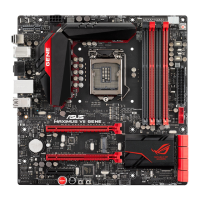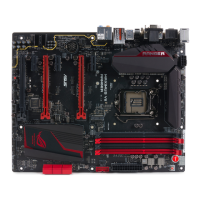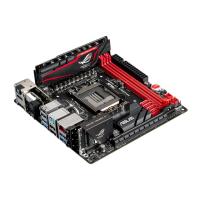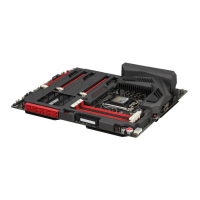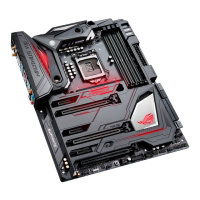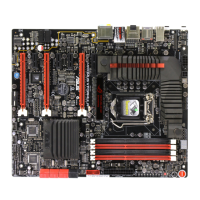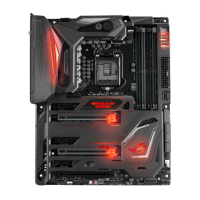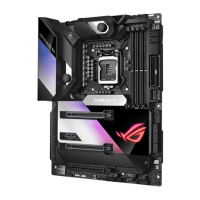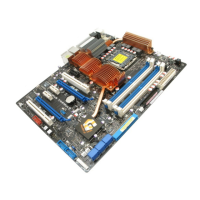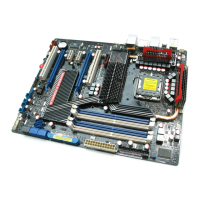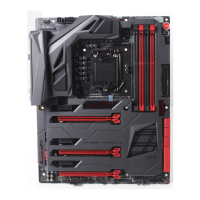
Do you have a question about the Asus Maximus VII Formula Series and is the answer not in the manual?
| Chipset | Intel Z97 |
|---|---|
| Form Factor | ATX |
| Max Memory | 32GB |
| Memory Type | DDR3 |
| Audio | ROG SupremeFX Formula 2014 8-Channel High Definition Audio CODEC |
| LAN | Intel I218V, 1 x Gigabit LAN Controller(s) |
| CPU Socket | LGA 1150 |
| RAID Support | RAID 0, 1, 5, 10 |
| Multi-GPU Support | Supports NVIDIA Quad-GPU SLI Technology, Supports AMD Quad-GPU CrossFireX Technology |
| Memory Slots | 4 |
| Memory Standard | DDR3 3300(OC)/3200(OC)/3100(OC)/3000(OC)/2800(OC)/2666(OC)/2600(OC)/2400(OC)/2200(OC)/2133(OC)/1866(OC)/1600/1333 MHz |
| Storage Interface | 6 x SATA 6Gb/s |
| M.2 | 1 x M.2 Socket 3, with M Key, type 2260/2280 storage devices support (PCIE mode) |
| USB Ports | 6 x USB 3.0 (4 rear, 2 via header), 8 x USB 2.0 (4 rear, 4 via header) |
| PCIe Slots | 3 x PCIe 3.0/2.0 x16 (x16 or dual x8 or x8/x4/x4) |
Precautions to prevent electrical hazards during system operation and handling.
Guidelines for safe installation and usage of the motherboard and its components.
Highlights unique features and technologies for ROG enthusiasts.
Highlights key features and technologies of the motherboard.
Details audio, networking, and other features tailored for gaming.
Describes unique ROG technologies like Extreme Engine Digi+ III and RAMDisk.
Covers features like AI Suite 3 and USB 3.0 Boost.
Describes the CPU socket and installation guidelines.
Details DIMM slots, types, and installation procedures.
Guides through the essential steps of assembling a PC system.
Step-by-step instructions for mounting the motherboard in the chassis.
Detailed procedure for installing the CPU into the motherboard socket.
Instructions for mounting the CPU cooler and fan.
Guidance on properly installing RAM modules into the DIMM slots.
Explains how to connect the main ATX power supply to the motherboard.
Covers connecting SATA hard drives and SSDs.
Instructions for installing expansion cards like graphics cards into PCIe slots.
Explains how to update the motherboard's BIOS using USB BIOS Flashback.
Identifies and describes rear panel I/O ports and audio connectors.
Initial system power-on sequence and troubleshooting tips.
Options for overclocking and performance tuning.
Procedures for updating the motherboard BIOS for improved stability and performance.
Features TPU, EPU, DIGI+ Power Control, Fan Xpert 3, and Turbo App for system optimization.
Allows manual adjustment of CPU frequency, cache, and voltages for performance.
Precise digital VRM and DRAM voltage tuning for efficiency and stability.
Utility to update BIOS from a USB storage device without entering OS.
Explains RAID levels (0, 1, 10, 5) and their benefits.
Defines different RAID levels like striping, mirroring, and striping with parity.
Steps to enable RAID functionality in BIOS setup.
Utility for managing Intel RAID configurations.
Instructions for creating a RAID driver disk for OS installation.
